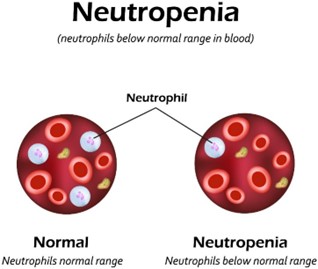A nurse is reinforcing teaching with a client who is 12 hr postpartum and has an episiotomy. Which of the following instructions should the nurse include?
Cleanse the perineal area from back to front.
Wash the perineal area with povidone-iodine twice daily
Change the perineal pad with each void
"Wipe the perineal area with a soft cloth."
The Correct Answer is C
Answer: C. Change the perineal pad with each void.
Rationale:
A) Cleanse the perineal area from back to front: Cleansing from back to front is not recommended as it increases the risk of introducing bacteria from the anal area to the perineal wound, potentially leading to infection. The correct technique is front-to-back cleansing to prevent contamination.
B) Wash the perineal area with povidone-iodine twice daily: Povidone-iodine is not typically recommended for regular perineal care postpartum, as it can disrupt normal flora and potentially irritate the healing tissues. Using warm water and mild soap is safer for cleansing the area.
C) Change the perineal pad with each void: Changing the perineal pad with each void helps maintain cleanliness and reduces moisture in the perineal area, decreasing the risk of infection and promoting comfort during the healing process of an episiotomy.
D) Wipe the perineal area with a soft cloth: Wiping the area can disrupt the stitches and may cause discomfort. Instead, clients are usually advised to gently pat dry or use a squirt bottle to cleanse, which reduces pressure on the healing tissue.
Nursing Test Bank
Naxlex Comprehensive Predictor Exams
Related Questions
Correct Answer is C
Explanation
A nurse reinforcing discharge teaching with the guardian of a client who is neutropenic should include the instruction to notify the provider if the child has a fever. A fever can be a sign of infection, which can be serious in a client who is neutropenic.
The other options are not correct.
A client who is neutropenic should avoid crowded places such as stores to reduce their risk of infection. The guardian should inspect the child's mouth daily, not weekly, for ulcers. A client who is neutropenic should avoid fresh fruits as they may carry bacteria that can cause infection.

Correct Answer is C
Explanation
The correct answer and explanation is:
c. Denial
The nurse should identify that the client is experiencing the stage of denial in the grief process. Denial is a common psychological defense mechanism that individuals may exhibit when faced with a stressful or overwhelming situation, such as the prospect of open heart surgery. It involves a refusal to accept or acknowledge the reality of the situation. In this case, the client's statement of being confident to go home shortly after surgery demonstrates a denial of the potential challenges and recovery process associated with such a procedure.
Explanation for the other options:
A . Anger: Anger is a stage of grief characterized by feelings of resentment, frustration, and hostility. It is common for individuals to experience anger as part of the grief process, but the client's statement does not indicate anger.
B. Depression: Depression is another stage of grief marked by feelings of sadness, hopelessness, and loss. While it is normal for individuals to experience some level of anxiety or sadness before undergoing surgery, the client's statement does not specifically reflect depression.
d. Acceptance: Acceptance is the final stage of grief, where individuals come to terms with their situation and find a sense of peace or resolution. The client's statement indicates a lack of acceptance as they are denying the potential impact of the surgery and its recovery process.

Whether you are a student looking to ace your exams or a practicing nurse seeking to enhance your expertise , our nursing education contents will empower you with the confidence and competence to make a difference in the lives of patients and become a respected leader in the healthcare field.
Visit Naxlex, invest in your future and unlock endless possibilities with our unparalleled nursing education contents today
Report Wrong Answer on the Current Question
Do you disagree with the answer? If yes, what is your expected answer? Explain.
Kindly be descriptive with the issue you are facing.
